Global Health Campus,
Chemin du Pommier 40,
1218 Le Grand-Saconnex, Geneva, Switzerland
Stop TB Partnership has a number of publications that are produced each year. Download the latest versions below.
Stop TB Partnership has a number of publications that are produced each year. Download the latest versions below.
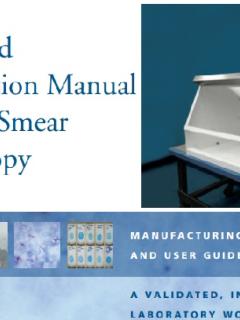
Laboratories performing AFB smear microscopy as well as Xpert MTB/RIF require adequate ventilation to minimize the occupational risk of infection. However, this is difficult to achieve in many settings where facilities have limited airflow, and where commercially produced biosafety cabinets are not affordable or appropriate. This guide provides specifications for the manufacture of a ventilated workstation that has been validated.



This handbook is designed to guide simplified steps for national TB control programmes to develop a TB-specific national laboratory strategic plan.

Diagnostic manufacturers are increasingly expressing the need to be informed about the type of TB diagnostics they should invest in, as well as the potential market size for these products. The development of target product profiles (TPPs) is therefore an important step to align the needs of end-users with the specifications and targets that product developers should meet in terms of the performance and operational characteristics of such tests.
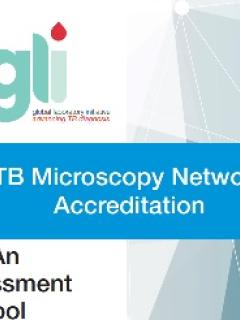
Although there are many international guidelines and technical materials for procedures and EQA, there is little or no external validation to assure that countries are adequately managing the microscopy networks. This accreditation tool is based on the many WHO-approved guidelines that provide technical direction, recommendations and specific forms to document and monitor performance of microscopy networks. The tool is composed of eleven standards with each a corresponding measure defining the minimum allowable performance to achieve accreditation.
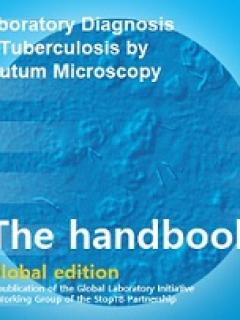
Guidelines for sputum smear microscopy have been published by WHO and The Union, but in the decade since publication, many developments have occurred and a revised and updated text replacing both was considered timely. The GLI Handbook is a practical guide for the laboratory technician; it draws on the ideas outlines above and references best practice documents released by WHO and the GLI. The Handbook uses simple text and clear illustrations to assist laboratory staff in understanding the important issues involved in conducting sputum smear microscopy for the diagnosis of TB.
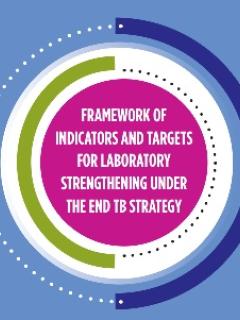
This Framework, developed as a collaboration between the WHO Global TB Programme and the GLI core group, comprises 12 core indicators that measure countries’ capacity to detect TB accurately and rapidly using new diagnostics, provide universal DST, and ensure the quality of testing. The Framework serves as a guide for all countries developing plans for laboratory strengthening during 2016-2025, and also provides methods for calculating country-specific targets for the numbers of tests and facilities needed for each of the main diagnostic technologies.
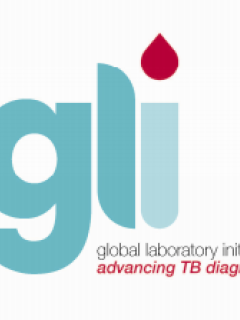
If you have already downloaded all of the tools from this site, you can also choose to only see the newly updated/added tools.
